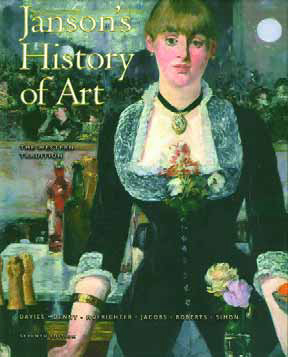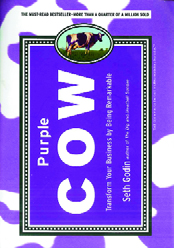inspiration
I’m fairly jaded when it comes to observing watershapes: I’ve seen a lot of them, know how they work and tend to focus on weird details that go beyond what’s perceived by the typical observer. There is, however, a fountain that makes me feel giddy and even
It might sound a bit strange to put it this way, but when it comes to design work, one of the most useful things you can do is to think about how you think about design. If you’re like me and have been working as a watershape designer for more years than you care to count, much of what you do is now second nature. But if you think back to the way it was when you first started – and if you’re anything like me – little or none of what you did felt natural or easy. In my case, I had to process every step methodically, sometimes awkwardly and even painfully on occasion. That’s why I wish, back in those early days, that I’d
It’s a bit hard for me to believe it, but it’s now been fully 11 years since I attended my first Genesis 3 design school. One of the events I remember most clearly from that first session was (among many others) David Tisherman laying out a bunch of books and recommending that we should immediately obtain and read all of them. Always looking for a firm foothold, I asked him which one I should read first, and, without hesitation, he pointed to Janson's History of Art: The Western Tradition. I didn’t act on his advice right away, but I eventually acquired a copy and started reading – and it took me nearly
As 2008 draws to a close, it's apparent that we are contending with a far more challenging marketplace than we enjoyed just a couple years ago. Current economic woes have cut deeply into bottom lines, forced some watershapers out of business and prompted many others to seek out ways to maximize the business and referrals that come their way. With this challenging business landscape in mind, I recently picked up a copy of Seth Godin's Purple Cow: Transform Your Business by Being Remarkable (Penguin Group, 2002). Godin, the best-selling author of 10 books, is well-known for challenging the conventional thinking that constrains many businesses. Although this particular book was written before the recent downturn in the world and U.S. economies, his message in this easily read 150-page discussion is quite applicable to today's situation - particularly among watershapers who want to enhance their approach to the business. Godin's discussion starts out with an account of a trip to the French countryside, during which he was
As 2008 draws to a close, it's apparent that we are contending with a far more challenging marketplace than we enjoyed just a couple years ago. Current economic woes have cut deeply into bottom lines, forced some watershapers out of business and prompted many others to seek out ways to maximize the business and referrals that come their way. With this challenging business landscape in mind, I recently picked up a copy of Seth Godin's Purple Cow: Transform Your Business by Being Remarkable (Penguin Group, 2002). Godin, the best-selling author of 10 books, is well-known for challenging the conventional thinking that constrains many businesses. Although this particular book was written before the recent downturn in the world and U.S. economies, his message in this easily read 150-page discussion is quite applicable to today's situation - particularly among watershapers who want to enhance their approach to the business. Godin's discussion starts out with an account of a trip to the French countryside, during which he was
I recently began work on a design for clients who live in a historic home just south of Rochester, N.Y. They've asked me to incorporate a pool, entertainment areas, a fireplace and a combined pool house/garage into the available space and make certain it all complements the architecture of the home and its only current outbuilding - a 150-year-old storage shed. Sitting at my drafting table, I was thinking how easy this one would be, conceptually at least. All I needed was there, from the home's architecture and an existing (and much beloved) 100-year-old pergola to the old shed, so the main challenge would come in drawing the details rather than in deciding what to do. Usually, of course, it's the other way around and




















Purposeful Travel